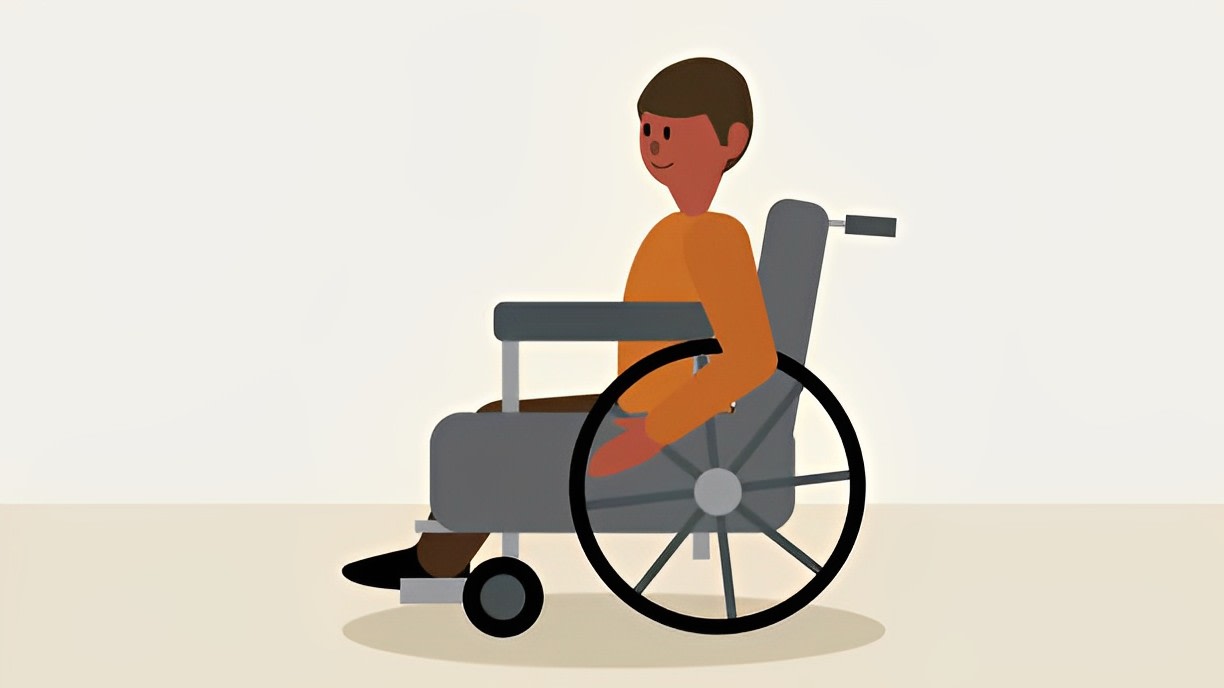
Creating Accessible Homes for Children with Disabilities
In recent years, there has been growing recognition of the importance of inclusive and accessible housing for individuals with disabilities, particularly children who require special considerations for their physical and emotional well-being. Accessible homes provide a supportive environment that promotes independence and inclusivity. This article delves into the significance of accessible homes for children with disabilities, highlighting design features, modifications, and initiatives that contribute to creating inclusive living spaces.
- Understanding the Importance of Accessible Homes:
a. Enhancing Quality of Life: Accessible homes enable children with disabilities to move freely and participate in daily activities with increased independence, fostering a sense of empowerment and self-esteem.
b. Promoting Safety and Accessibility: Barrier-free design features, such as wider doorways, ramps, and accessible bathroom fixtures, ensure a safe and secure living environment for children with disabilities and facilitate their mobility.
c. Facilitating Social Interaction: Accessible homes remove physical barriers that may impede social interaction, allowing children with disabilities to engage more freely with family members, friends, and peers. - Key Design Considerations for Accessible Homes:
a. Wide Doorways and Hallways: Designing wider doorways and hallways allows for easy navigation of mobility aids, such as wheelchairs and walkers, ensuring unrestricted movement throughout the home.
b. Adapted Bathrooms: Incorporating features like roll-in showers, grab bars, and height-adjustable sinks and toilets can enhance the accessibility and safety of bathrooms, accommodating various mobility needs.
c. Lowered Countertops and Cabinets: Lowering countertops and cabinets in kitchens and other areas promotes independent access for children using wheelchairs or mobility devices.
d. Universal Design Principles: Embracing universal design principles ensures that homes are accessible to individuals of all abilities, incorporating features like lever handles, non-slip flooring, and well-placed lighting. - Technology and Assistive Devices:
a. Smart Home Technology: Integrating smart home devices, such as voice-activated controls, automated lighting, and remote-controlled systems, significantly improves accessibility and convenience for children with disabilities.
b. Assistive Devices: Addressing the specific needs of children with disabilities by installing assistive devices like wheelchair lifts, stair climbers, and sensory integration equipment can enhance accessibility and foster independence. - Community and Government Initiatives:
a. Building Codes and Regulations: Encouraging stricter building codes and regulations that mandate accessibility features in new construction and renovations promotes the availability of accessible homes for children with disabilities.
b. Accessibility Standards and Certification: Introducing voluntary accessibility standards and certification programs for homes incentivizes developers and homeowners to prioritize accessibility features.
c. Housing Assistance Programs: Governments can provide financial support or grants to families with children with disabilities to help cover the costs of modifying existing homes or purchasing accessible properties. - Collaborative Design Approach:
a. Involving children with disabilities and their families in the design process ensures that their unique needs and preferences are considered, fostering a sense of ownership and empowerment, resulting in homes that truly cater to their specific requirements. - Sensory Considerations:
a. Sensory-friendly design elements, such as soft lighting, soundproofing, and designated quiet spaces, create a soothing and comfortable environment for children with sensory processing disorders or sensitivities. - Outdoor Accessibility:
a. Designing accessible outdoor spaces, such as ramps, wheelchair-friendly pathways, and sensory gardens, allows children with disabilities to engage in outdoor play and exploration, promoting physical activity and connection with nature. - Retrofitting Existing Homes:
a. Modifying existing homes to become more accessible is an important aspect of creating inclusive housing, including installing ramps, lifts, grab bars, and adapting doorways and bathrooms to accommodate mobility aids. - Education and Awareness:
a. Promoting awareness and educating homeowners, builders, and real estate professionals about the importance of accessible homes for children with disabilities can drive broader adoption of inclusive design practices and foster a more inclusive housing market. - Accessible Communities:
a. Beyond individual homes, developing accessible communities that offer amenities such as accessible parks, inclusive playgrounds, and accessible transportation options can enhance the overall quality of life for children with disabilities and their families.
Conclusion:
Accessible homes play a vital role in providing children with disabilities a nurturing and inclusive environment where they can thrive. By incorporating universal design principles, embracing assistive technologies, and supporting community initiatives, we can ensure that children with disabilities have equal access to safe, accessible, and accommodating homes. Together, we can create a more inclusive society that values the needs and rights of every child, regardless of their abilities. Designing accessible homes for children with disabilities is a critical step toward creating inclusive and supportive environments. By considering the unique needs of these children, involving them in the design process, and fostering awareness and education, we can ensure that every child has access to a safe, empowering, and inclusive home. Investing in accessible housing benefits not only the children with disabilities but also their families and society as a whole, as it promotes equal opportunities, independence, and a sense of belonging.






